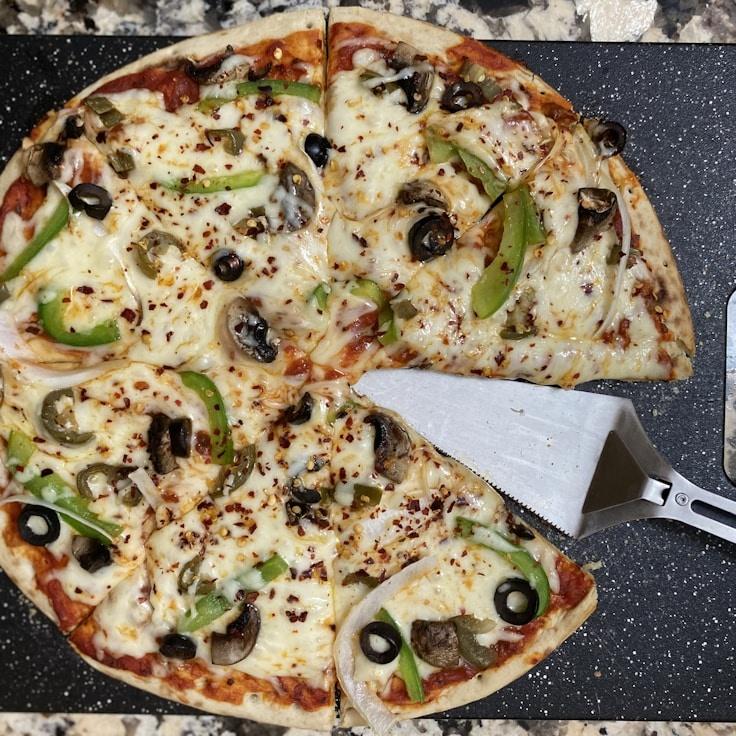Here at PlainShelter, we are firm believers that the cornerstone of a remarkable pizza is its dough. With an extensive background of over thirty years in refining our mixture, we're delighted to impart key tips with you. Our precise recipe remains a closely guarded legacy, however, these foundational guidelines are sure to elevate your pizza dough to pizzeria standards right in your own kitchen.
Flour Types
Premium-grade flour is imperative for top-notch pizza dough. Our suggestion is 00 flour, which is an ultra-fine Italian variety, sporting a moderate 12% protein that achieves an excellent balance of elasticity and tenderness in the dough. Should 00 flour be beyond reach, a viable alternative is bread flour, though the resulting texture may vary slightly.
Optimal Water Temperature and Moisture Balance
Fermentation time and the dough's development are influenced significantly by the water's temperature. Utilize cold water at about 45°F (7°C) to encourage slow fermentation, enhancing flavor, or warmer water at approximately 85°F (29°C) for hastening the process. Aim for a hydration percentage of 60-70% when adapting to common household ovens.
Yeast Levels and Fermentation Duration
The true hallmark of a richly flavored dough lies in using a smaller quantity of yeast over an extended fermenting period. Our strategy involves a minimal 0.2% of fresh yeast to the flour weight, permitting the dough to ferment leisurely for 24-48 hours. This prolonged fermentation enables a wealth of flavors to develop and creates a more digestible dough.
Salt's Dual Role
Salt doesn't merely serve as a seasoning—it's pivotal in bolstering the gluten matrix and moderating fermentation. We endorse the use of fine sea salt at a quantity of 2.5-3% relative to the flour's weight, introduced once the flour and water begin to amalgamate, safeguarding yeast from direct contact with salt.
Fermentation Craftsmanship
Post-mixing, let your dough undergo an initial, room-temperature bulk fermentation for two hours. Proceed to apportion it into separate dough portions, securing them in lidded containers to refrigerate for a period of 24-72 hours. It's during this refrigeration that enzymatic actions convert starches into sugars, yielding both an enhanced flavor profile and that signature golden-brown crust.
Gentle Dough Manipulation
When the moment arrives to bake your pizza, take out the dough from the fridge 1-2 hours in advance to reach room temperature. Maintain the integrity of the gas-filled bubbles by handling your dough delicately. Employ your fingers to delicately press and extend the dough, steering clear of a rolling pin which can deflate your developed bubbles.
Heating Essentials
Although our brick ovens can reach soaring temperatures of 850°F (454°C), most domestic ovens peak at around 550°F (288°C). Compensate by preheating a pizza stone or steel for at least an hour, ensuring a potent bottom heat that yields a crisp crust with a light and airy core.
The mastery of pizza dough is an evolving process. Each preparation is an opportunity to learn more about the craft. We encourage you to make detailed observations, tweak elements as needed, and find the ideal approach for your home's unique conditions.
For an up-close look at how we create our dough, consider attending one of our monthly pizza-making classes where Chef Giulia goes into depth on these techniques. Peek at our schedule of events to find upcoming sessions!

